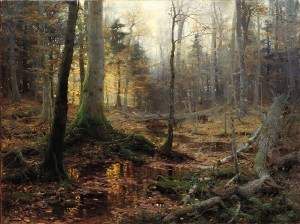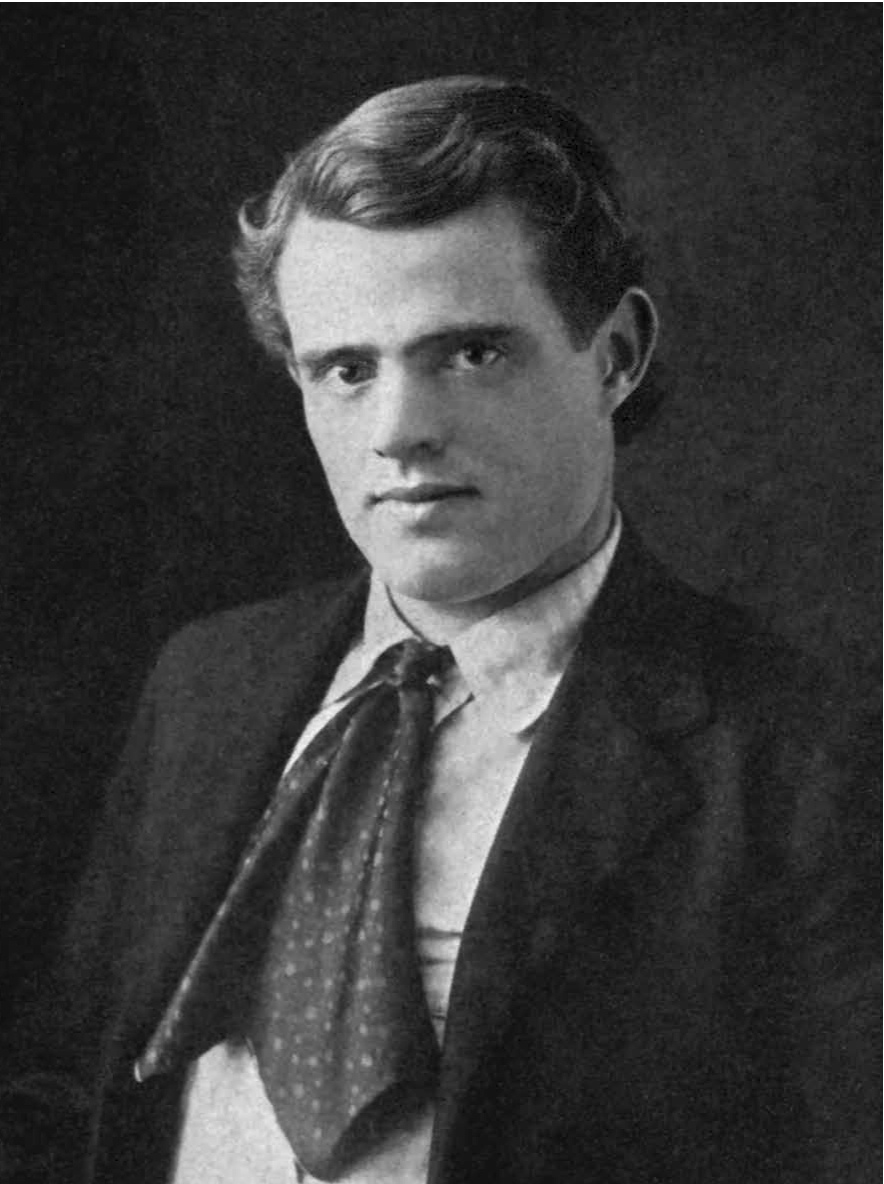Naturalism in Literature
Teaching Naturalism in literature exposes a new generation to some of the world’s greatest authors.
ELA Common Core Standards Covered
Teaching Naturalism in Literature and instructing students to find aspects of Naturalism in the literature they read covers the following ELA Common Core Standards.
- RL.9-10.1 Cite strong and thorough textual evidence to support analysis of what the text says explicitly as well as inferences drawn from the text.
- RL.9-10.2 Determine a theme or central idea of a text and analyze in detail its development over the course of the text, including how it emerges and is shaped and refined by specific details; provide an objective summary of the text.
- W.9-10.9 Draw evidence from literary or informational texts to support analysis, reflection, and research.
__________________________________________________________

Ever feel like education’s become a Naturalist “survival of the fittest” adventure? Feel like you’re getting more stuff to do with less time and resources to do it? This downloadable/printable pdf might help.
Introducing Naturalism
After hearing the same 13 excuses for nearly an entire year, I decided to introduce Naturalism as follows:
- Ask if any student at any point in the semester didn’t do a homework assignment. Ninety-eight percent will raise their hand.
- Assign each student to write a one page note excusing their missing assignment. The excuse must clearly show that the missing homework assignment was not their fault and that circumstances beyond their control caused the assignment not to be turned in.
- Collect the excuses and tell the class they have experienced Naturalism.
- Tell the class that each student who completed the assignment will have their zero replaced by an ‘A’.
- On the way to your desk, trip and “accidentally” throw the papers in a trash can.
- Explain that due to circumstances beyond your control the zeroes will remain.
- Tell the class they have once again experienced Literary Naturalism.
- Laugh really hard.
- Discuss the notes below.
- Tell your colleagues what you did.
- Laugh Really Hard.
- Park in your garage.
What is Naturalism?
Naturalism is best exemplified by Stephen Crane’s “A Man Said to the Universe”:
A man said to the universe:
“Sir, I exist!”
“However,” replied the universe,
“The fact has not created in me
A sense of obligation.”
Naturalism is a literary movement of the late 19th and early 20th century, characterized by the application of scientific determinism to literature. The assumption with Naturalism is that everything that is real exists in nature. Realism and Naturalism are often linked due to their emphasis on realistic people in realistic settings, featuring ordinary people struggling against unseen forces over which they have no control. Realism and Naturalism differ insomuch that Realism focuses on literary technique whereas Naturalism focuses on a specific philosophy.
Naturalist writers include Stephen Crane, Jack London, John Steinbeck, John Dos Passos, Theodore Dreisser, George Eliot, Thomas Hardy, Edith Wharton, Joel Chandler Harris.
Naturalism Notes

This is Jack London in case you were wondering.
Discuss the following to give context to Naturalist writers.
- The naturalistic view of humans is that they respond to the natural world much like animals, reacting to natural forces they neither understand nor control.
- Naturalism embraces sociological and economic determinism.
- Human beings are often portrayed as victims of destiny or fate.
- Naturalistic writers portray nature as indifferent.
- Naturalists strive for objectivity.
- Naturalists are pessimistic about human capabilities.
- Life is a trap.
- Naturalists portray humans as animalistic, driven by fear, hunger, and sex.
Naturalism Lesson Plan
You’ll, of course, need to give or review the above information to teach a lesson on naturalism, but we want our students to do more than just regurgitate information. These procedures require students to think about what they’re doing and analyze literature.
- Take notes on the above information. I recommend Cornell Notes. I even have a Cornell Notes template and a Cornell Notes rubric.
- Read literature from the period.
- Create a three-column chart. Write specific examples from the text you’re reading in the left column. Write which characteristic of Naturalism is in the example in the middle column. Explain the passage in the right column.
Short Stories for Teaching Naturalism
Here’s an incomplete list of short stories you may come across in your literature anthology. Of course, we’re in the internet age and most examples of naturalism were written long enough ago to qualify for public domain status.
- “To Build a Fire” by Jack London. It’s cold and the traveler either builds a fire or dies. And nature really doesn’t care which one he does.
- “The Open Boat” by Stephen Crane. A ship sinks. Five men crowd into a boat and struggle to survive. Who survives seems more a matter of luck than individual will.
- “Under the Lion’s Paw” by Hamlin Garland. Remember when your favorite team lost a big game on a horrible call from the referee? That’s what the farmer feels like at the end of this story.
- “A Deal in Wheat” by Frank Norris. Don’t you hate it when your farm goes bankrupt because wheat prices drop and you can’t get a bread handout a month later because what prices are too high? These are the unknown forces at play in this rather depressing story.
- “The Interlopers” by Saki. Nature doesn’t care that Georg Znayem and Ulrich Von Gradwitz just brokered a peace treaty. Wolves!
Novels for Teaching Naturalism
Don’t limit yourself to short stories. These novels include elements of Naturalism.
- Of Mice and Men by John Steinbeck. It’s someone else’s world and George and Lennie are just living in it, barely. Forces they can’t understand lead to their demise.
- Call of the Wild by Jack London. And you though office politics were tough? Try becoming the lead dog in the Arctic.
- Sister Carrie by Theodor Dreiser. Naturalism is not known for its cheery stories. This one included.
- The Red Badge of Courage by Stephen Crane. Crane tears apart the romantic stereotypes of war by following young soldier, Henry Fleming, as he struggles to do something heroic.
*This post has been updated to include examples of Naturalism in literature and a lesson plan. It was originally published in February 2014.
Genres of Literature
Teaching literary genres helps provide context and understanding.
Last Updated on May 15, 2019 by Trenton Lorcher
